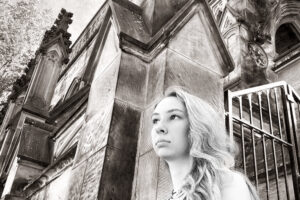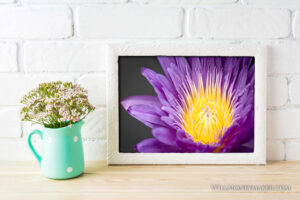When it comes to photography projects, sometimes I’m tempted to thinking about high school essays, of all things. These two ideas might not seem related—but bear with me, because I think they can be! You see, I’m pretty sure most all of us did this when we had essays due back in high school. We would find ourselves sitting in front of the computer (or typewriter, for those of us who are older), and it’s getting close to midnight. Imagine your thought process: You just really need to get this essay done so you can go to bed! Or at least, so you don’t have to be annoyed with it anymore.
What did most of us do? We double spaced our essays so that they stretched farther and took up more pages. We used a slightly larger font. We removed contractions to make word count because that made for two words instead of one. Those of us with handwritten essays—well, we were the reason why teachers made us type them out, since we were prone to writing as large as possible. In short, we found ways to fluff up the word count or page count as best we could without expending more effort to come up with new material.
Back then, we did it because, as stressed-out students with a bajillion assignments from other classes due, plus extracurricular activities, chores, and all the rest, we needed creative ways to fluff these projects up. It was something we did to get the job done easier and faster so that we could move on to the next aspect of student life—or sleep, since so many of us were sleep deprived.
But what happens when photographers do this? And trust me, at least some of us do this!
It goes like so: You’ll have a project in mind, and you’ll “assign” yourself so many photographs to complete the project. Maybe it’s a small project, or maybe it’s something big, like a book. At the outset, you might say to yourself, “I will create a portfolio of 40 images centered around this theme or that subject.”
Oftentimes, this goes without a hitch. The idea is broad enough and flows well enough that there is no trouble whatsoever coming up with the images—and maybe it’s a big enough idea that you can come up with even 100 or 200 images to choose from for your final collection. The fodder is there, and the photographs just keep coming.
But what about the times where the images just don’t come? I’m sure most of us have gotten into these projects only to find ourselves stumped somewhere around image number 20. The theme has played itself out, the well has run dry—and then we find ourselves back in that high school mentality, thinking, “how can a fluff this up to get 40 images here?”
There’s a big difference between high school essays and photography—for the most part, anyway. As I noted already, in high school, we did it because we had to get those essays turned in for a grade. In art? Art is different. While it is true that sometimes we may be working on assignment for a magazine or some such, more often, the truth is, we don’t have to do anything we don’t want to do. Moreover, if we find ourselves forcing subject material, then the resulting images will likely come across feeling forced and therefore less artistic. So the thing to remember here? We’re no longer bound by the rules we were in school. Don’t limit yourself with arbitrary numbers. If your subject material simply doesn’t have the depth to create as many images as you’d hoped for, then stop at fewer. The important thing is to create art that feels natural, not like something you had to force to bring to fruition. Pursue projects through to their natural conclusions, whether that is only three images or three hundred.
Now go and enjoy the beauty of God’s creation through your lens.





